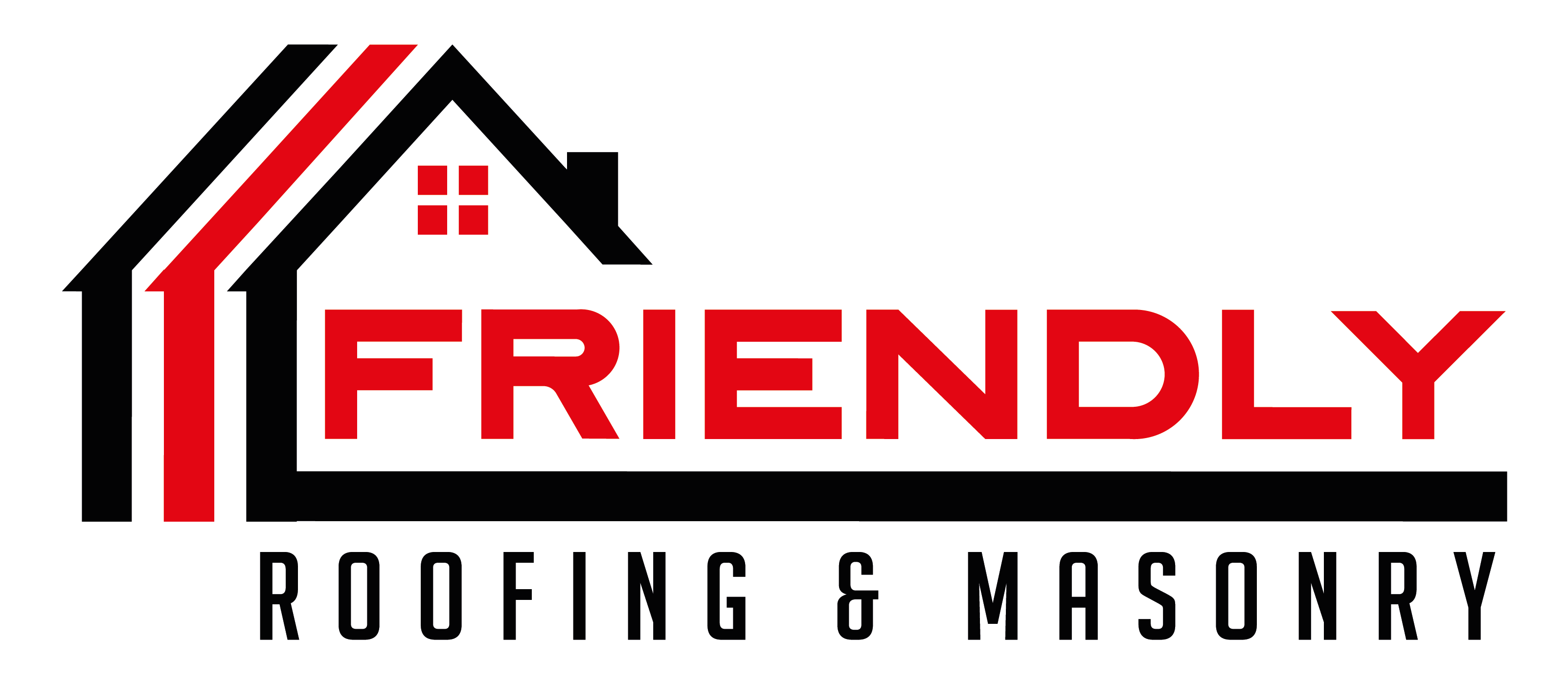Roof damage can be a stressful and costly issue for homeowners. Whether it’s caused by severe weather, age-related deterioration, or unexpected accidents, repairing or replacing a damaged roof often involves navigating the complexities of roofing insurance claims. Understanding how roofing insurance claims work is crucial for homeowners to ensure they receive fair compensation and timely repairs. In this comprehensive guide, we’ll delve into the essential aspects of roofing insurance claims and provide valuable tips for homeowners.
Understanding Roofing Insurance Coverage
Before delving into the specifics of roofing insurance claims, it’s vital for homeowners to understand their roofing insurance coverage. Most standard homeowners’ insurance policies cover roof damage caused by sudden and unforeseen events, such as storms, fallen trees, or fire. However, coverage may vary depending on the policy terms, deductible amount, and exclusions. Some policies may also have specific requirements for roof maintenance and upkeep to remain valid. Homeowners should review their insurance policy documents carefully to understand what types of roof damage are covered and any limitations or conditions that apply.
Steps to Take After Discovering Roof Damage
Upon discovering roof damage, homeowners should take prompt action to assess the extent of the damage and initiate the claims process. Here are crucial steps to follow:
1. Document the Damage: Take photographs or videos of the damaged areas, both inside and outside the house. This documentation will serve as valuable evidence during the insurance claim process.
2. Prevent Further Damage: If safe to do so, take temporary measures to prevent further damage, such as placing tarps over exposed areas or boarding up broken windows.
3. Contact Your Insurance Provider: Notify your insurance company as soon as possible to report the damage. Provide them with detailed information about the incident and the extent of the damage.
4. Schedule a Professional Inspection: Request a thorough inspection of your roof by a qualified roofing contractor. They can assess the damage, provide a detailed report, and estimate repair or replacement costs.
Navigating the Roofing Insurance Claims Process
Filing roofing insurance claims can be a complex process. Here’s what homeowners need to know:
1. File the Claim Promptly: Insurance companies often have specific deadlines for filing claims after the damage occurs. Be sure to adhere to these timelines to avoid potential claim denials.
2. Provide Detailed Information: When filing the claim, be prepared to provide detailed information about the damage, including the date of the incident, cause of damage, and any relevant documentation (such as inspection reports or repair estimates).
3. Work with Your Insurance Adjuster: An insurance adjuster will be assigned to assess the damage and determine the coverage amount. Be present during the inspection to point out specific areas of concern and provide the documentation you’ve gathered.
4. Review the Settlement Offer: Once the insurance company processes your claim, they will provide a settlement offer. Review the offer carefully to ensure it covers all necessary repairs or replacement costs.
Tips for Maximizing Your Roofing Insurance Claims
To ensure a smooth and successful roofing insurance claims process, consider the following tips:
1. Maintain Detailed Records: Keep records of all communications with your insurance company, including phone calls, emails, and written correspondence.
2. Obtain Multiple Estimates: Obtain estimates from reputable roofing contractors to compare repair or replacement costs. This can help validate the accuracy of the insurance adjuster’s assessment.
3. Understand Your Deductible: Be aware of your insurance deductible, which is the amount you must pay out of pocket before the insurance coverage kicks in. Ensure the deductible aligns with your budget.
4. Seek Professional Guidance: If you encounter challenges or disputes during the claims process, consider consulting with a public adjuster or legal professional specializing in insurance claims.
Common Roofing Insurance Claim Pitfalls to Avoid
During the roofing insurance claims process, homeowners should be aware of common pitfalls that could delay or jeopardize their claims:
1. Delayed Reporting: Failing to report roof damage promptly to the insurance company may result in claim denials or reduced coverage.
2. Incomplete Documentation: Insufficient documentation of the damage, including photos, repair estimates, and correspondence, can weaken your claim.
3. Accepting Low Settlement Offers: Be cautious of settling for less than what is needed to fully repair or replace your roof. Review settlement offers carefully and negotiate if necessary.
4. Skipping Professional Inspection: Relying solely on the insurance adjuster’s assessment without obtaining a second opinion from a trusted roofing contractor can lead to overlooked damages.
Conclusion
Navigating roofing insurance claims can be daunting, but armed with knowledge and preparation, homeowners can ensure a fair and timely resolution. By understanding their insurance coverage, documenting damage thoroughly, and following proper procedures, homeowners can maximize their chances of receiving adequate compensation for roof repairs or replacement. Remember, proactive communication and collaboration with insurance providers and roofing professionals are key to a successful roofing insurance claim process. If you’re facing roof damage, don’t hesitate to reach out to your insurance company and initiate the claims process promptly to restore the integrity and safety of your home. A well-managed insurance claim can provide peace of mind and ensure your home remains protected for years to come.

